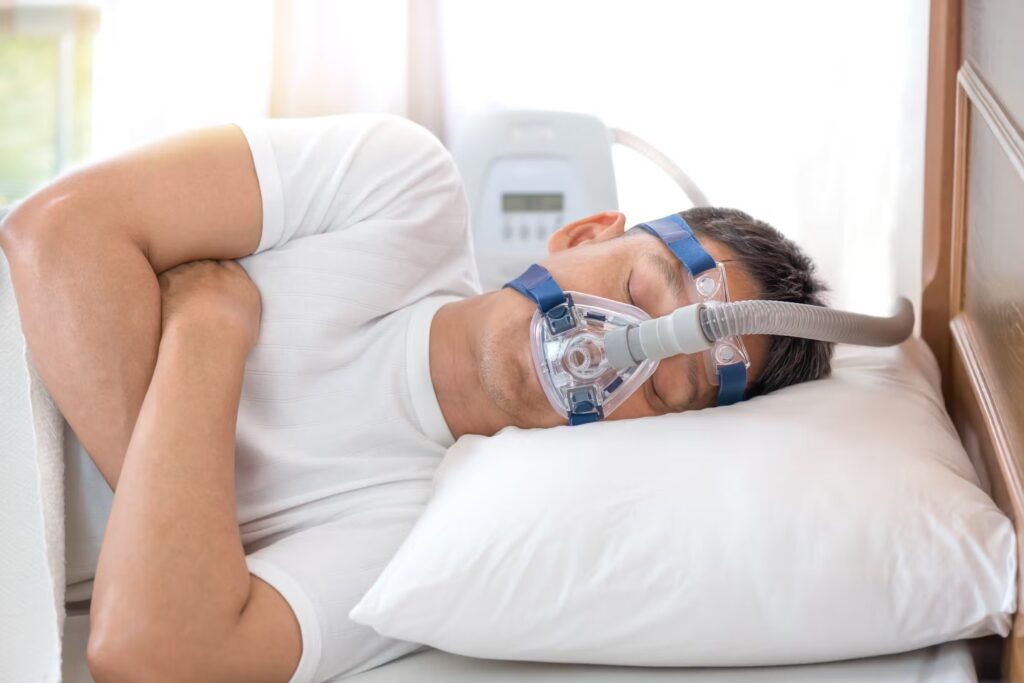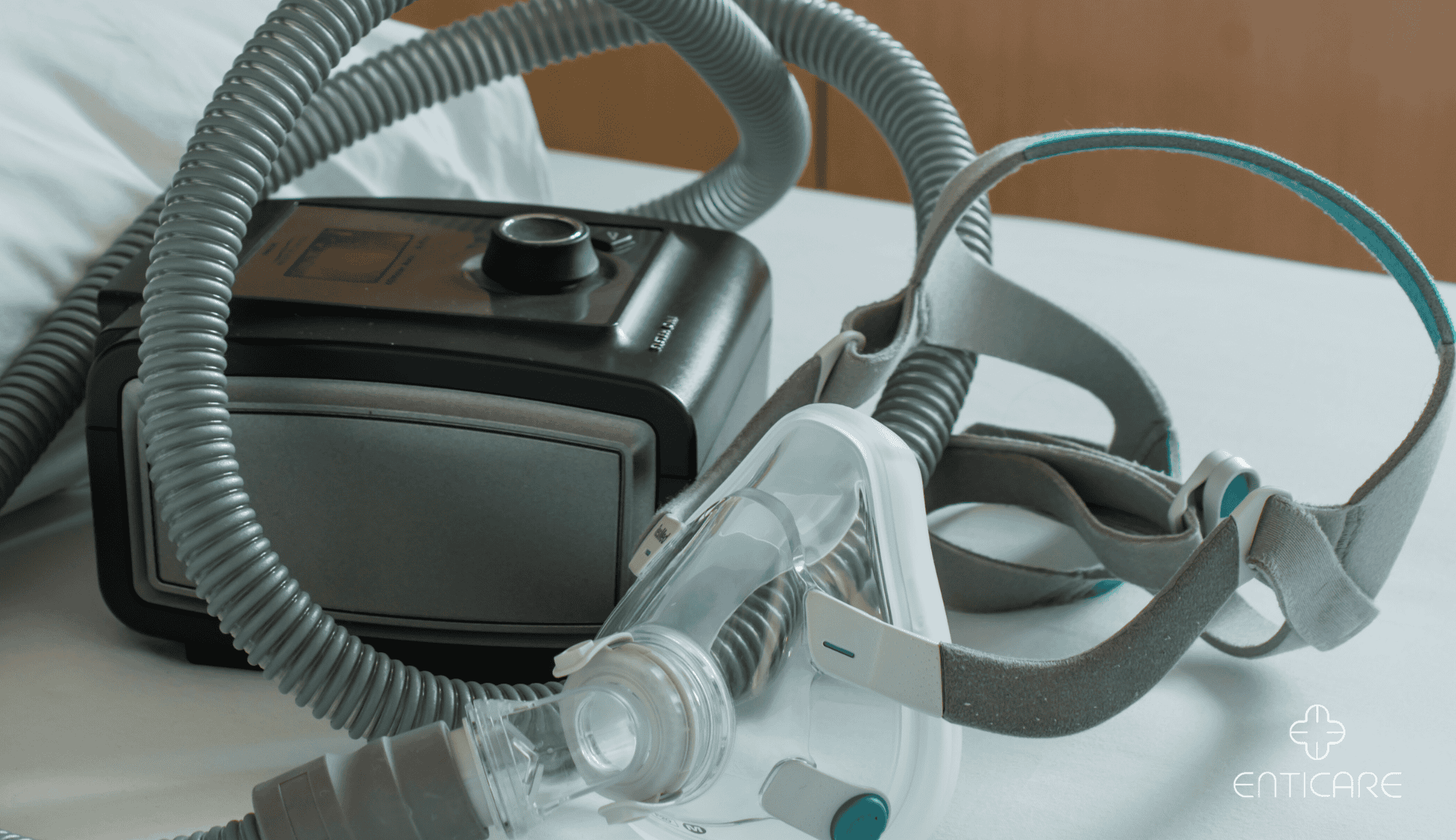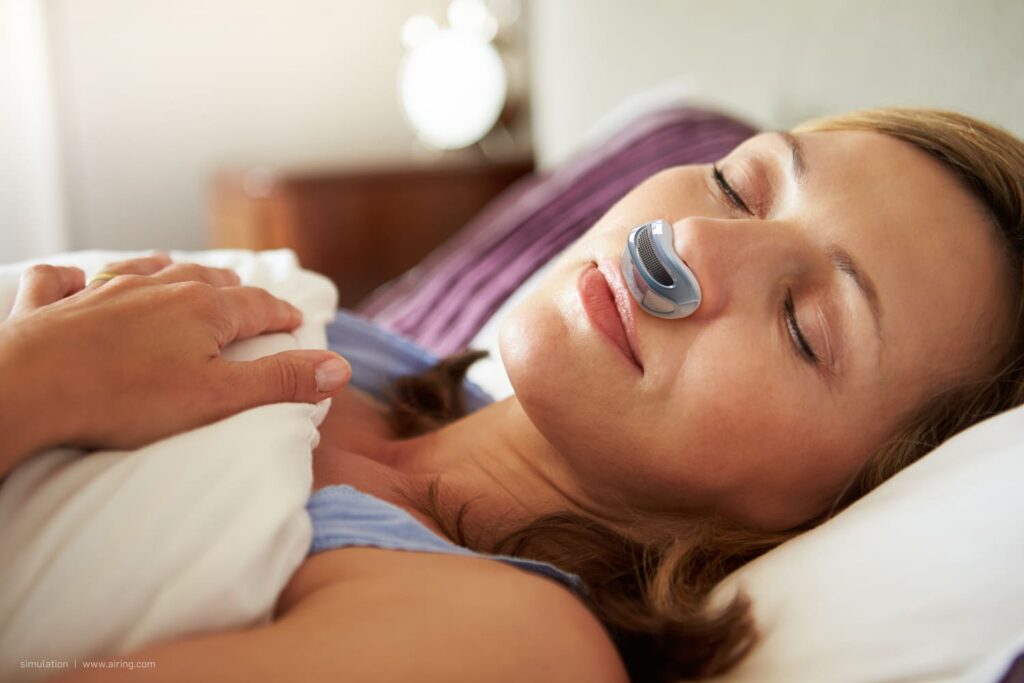If you use a CPAP (Continuous Positive Airway Pressure) machine to manage sleep apnea, you know that it’s a crucial tool for improving your sleep and overall health. However, many people struggle to get the most out of their CPAP therapy due to common mistakes that can lead to discomfort, reduced effectiveness, and frustration. In this article, we’ll cover seven mistakes that could be ruining your sleep and provide tips on how to avoid them, ensuring you get the restful night’s sleep you deserve.
Introduction
A CPAP machine is a vital tool for individuals diagnosed with sleep apnea, particularly obstructive sleep apnea (OSA). It works by delivering a continuous flow of air through a mask, keeping your airway open and preventing the breathing interruptions that characterize sleep apnea. CPAP therapy is highly effective in reducing daytime sleepiness, improving sleep quality, and lowering the risk of serious health issues like high blood pressure, heart disease, and stroke. However, like any medical treatment, it’s important to use the device properly to ensure the best results.
See more: Is a Sleep Study Moss Vale the Key to Finally Waking Up Energised?
What is Sleep Apnea and How CPAP Machines Help
Sleep apnea is a sleep disorder where the airway becomes partially or fully obstructed during sleep, causing frequent pauses in breathing. These interruptions can last for a few seconds to minutes, and may occur hundreds of times a night, leading to fragmented sleep and a variety of symptoms such as excessive daytime fatigue, irritability, and difficulty concentrating.
There are three main types of sleep apnea:
- Obstructive Sleep Apnea (OSA): The most common type, caused by a physical blockage of the upper airway.
- Central Sleep Apnea: A result of the brain failing to send the proper signals to the muscles that control breathing.
- Complex Sleep Apnea: A combination of both obstructive and central sleep apnea.
CPAP machines are designed to treat obstructive sleep apnea by maintaining a steady airflow, keeping the airway open and preventing apnea episodes. This results in more restful, uninterrupted sleep, improved oxygen levels, and better overall health.
Types of CPAP Machines
There are several types of CPAP machines to choose from, each designed for different needs:
- Standard CPAP (Continuous Positive Airway Pressure): This delivers a continuous stream of air at a fixed pressure throughout the night.
- Auto-CPAP (Auto Adjusting CPAP): This machine adjusts the air pressure based on real-time feedback from your breathing patterns.
- BiPAP (Bilevel Positive Airway Pressure): This machine provides two levels of pressure—one for inhalation and one for exhalation.
While standard CPAP machines are effective for most people, auto-CPAP and BiPAP machines are often recommended for individuals with more severe sleep apnea or varying pressure needs throughout the night.
7 CPAP Mistakes That Could Be Ruining Your Sleep
Here are seven common mistakes that could be hindering the effectiveness of your CPAP therapy—and tips on how to avoid them.
1. Wearing the Wrong Mask
One of the most common issues CPAP users face is an improper mask fit. A mask that is too tight or too loose can cause air leaks, leading to discomfort and reducing the effectiveness of your therapy.
How to Avoid This Mistake:
- Try different types of masks (nasal, full-face, or nasal pillows) to find the one that fits your face and breathing style best.
- Make sure the mask is adjusted properly, snug but not too tight.
- If you have trouble finding a comfortable mask, consult your CPAP supplier or healthcare provider for guidance.
2. Ignoring Air Leaks
Air leaks can occur if your mask doesn’t fit properly or if there is wear and tear in the tubing. Leaks reduce the pressure required to keep your airway open, which can cause poor sleep quality and lead to side effects like dry mouth.
How to Avoid This Mistake:
- Ensure that your mask is securely fitted and check for leaks each night.
- Clean your mask and tubing regularly to prevent debris buildup that could cause leaks.
- Replace any worn-out components, such as seals or headgear, to maintain a good seal.
3. Forgetting to Clean Your CPAP Equipment
Failure to clean your CPAP machine, mask, and tubing regularly can lead to the growth of bacteria, mold, and germs, potentially causing respiratory infections, allergies, or skin irritation.

How to Avoid This Mistake:
- Clean your mask, tubing, and humidifier chamber daily with warm water and mild soap.
- Replace filters and tubing regularly (every 6 to 12 months).
- Consider investing in a CPAP cleaning device for more thorough sanitization.
4. Not Using Humidification
Many CPAP users experience dry mouth, sore throat, or nasal congestion due to the continuous airflow. Using a CPAP machine without a humidifier can exacerbate these issues, making it difficult to stay comfortable throughout the night.
How to Avoid This Mistake:
- Use a heated humidifier with your CPAP machine to add moisture to the air, reducing dryness.
- Adjust the humidity settings according to your needs (higher in winter or in dry climates).
- If you still experience dryness, try using a chin strap to prevent mouth breathing or switch to a full-face mask.
5. Not Using the CPAP Every Night
Some people skip using their CPAP machine on nights when they feel better or don’t have symptoms. However, irregular use can lead to a decline in health and leave sleep apnea untreated.
How to Avoid This Mistake:
- Use your CPAP machine every night, even if you don’t feel immediately tired.
- Incorporate CPAP therapy into your routine as a necessary part of your treatment plan.
- Set reminders if needed to ensure you never forget to use the device.
6. Improperly Adjusting the CPAP Settings
Many people don’t adjust their CPAP machine’s settings according to their comfort. For instance, if the air pressure is too high or too low, it can cause discomfort or ineffective therapy.
How to Avoid This Mistake:
- Work with your healthcare provider to determine the optimal pressure settings for your needs.
- Use the ramp feature (available on many CPAP machines) to gradually increase air pressure as you fall asleep.
- Consider switching to an Auto-CPAP machine, which adjusts pressure automatically based on your breathing patterns.
7. Not Maintaining Proper Posture During Sleep
The way you sleep can affect how well the CPAP machine works. Sleeping on your back may worsen sleep apnea for some people, and this can cause air leaks or reduced effectiveness of therapy.
How to Avoid This Mistake:
- Try sleeping on your side or in a position that minimizes airway obstruction.
- Consider using a CPAP pillow designed to support side-sleeping while accommodating the CPAP mask.
Cost of CPAP Machines and Insurance Coverage
CPAP machines can range in price, typically from $200 to $1,500, depending on the type and features. Auto-CPAP and BiPAP machines tend to be more expensive than standard CPAP machines. The cost of CPAP therapy may also include the cost of accessories such as masks, tubing, and filters, which need to be replaced regularly.
Many insurance plans cover CPAP therapy, but coverage may vary depending on your plan and the medical necessity of the treatment. Be sure to check with your insurance provider to understand the details of your coverage and what you may need to pay out of pocket.
Conclusion
CPAP therapy is an effective treatment for sleep apnea, offering significant benefits for overall health and quality of life. However, to maximize the effectiveness of your CPAP machine, it’s essential to avoid common mistakes such as using the wrong mask, ignoring leaks, or neglecting cleaning and maintenance. By following the tips provided in this article, you can ensure your CPAP therapy helps you sleep soundly and improve your health. Always consult with your healthcare provider to ensure that your CPAP machine is properly adjusted to meet your needs and continue to enjoy the many benefits that CPAP therapy has to offer.



